Is your email marketing campaign considered spam?
Here's how to make sure you're doing it right
As a business owner, you'd know how annoying it is when your inbox fills up with emails you don't want. When's the last time you checked your spam folder and emptied all the junk in there?
You may surprise yourself and find that 'missing' email too! I've seen it happen all the time.
There's been one line or one word that spam filters pick up as 'spamming', so it sends your email straight to the sin bin.
It's a bit of a fine line at times. So, how can you make sure your emails aren't considered spammy? Let's run through how to use email marketing to create personalised messages to reach your audience and build relationships.
What qualifies as email spam?
The biggest email sending sins are sending unsolicited or bulk emails. You may have found this happen to you. It may be a cold email (unsolicited) or a bulk email from a big brand (or smaller one) who are sending you their newsletter or marketing information.
You may think that on their own, bulk or unsolicited emails are quite normal! We all get them.
But it's when you combine the two that it becomes spam.
So, at all costs, avoid sending out a bulk emailer to people who didn't sign up to get it! That is – don't add people to your mailing list if they haven't opted in.
For any email marketing campaign, start by knowing your audience
I highly recommend that before you send any old email campaign, that you have a plan in mind. Where are they in the buying process?
Have they signed up to get an eBook or a giveaway? Have they opted to join your newsletter? Have they requested more information from you?
Knowing your audience and their needs is your starting point. Why have they come to you?
From there, you can create a campaign that is personalised to their journey with you. You nurture the lead. You gently give them more information and encouragement to buy from you.
This builds trust. And people are more likely to open emails (and buy) from people they trust.
But make sure you don't overdo it, stop campaigns if someone has made the purchase, and make sure you're not sending emails that aren't relevant.
The top ways not to spam using emails
Use creative subject lines – avoid capital letters, spammy words or phrases and don't over punctuate with loads of !!!!
Use your customer's name and personalise each email rather than sending bulk emails with 'Dear sir/madam'
Always make sure you have an unsubscribe option so people can choose to opt-out of your email marketing
Stay relevant to your customer and make sure they're only getting emails they need (i.e. don't send mass emails to all when it's for something they're not interested in – you'll get unsubscribes and non-opens which mark you as a spammer)
The best way to check if you're spammy is to look at your email open rates and the no responses. Many email systems will give your email the 'spam test' when you're creating it to help you get through spam filters.
So, if you're open rates aren't high, start looking at the content you're sending and see how you should perhaps segregate people more into categories for sending relevant information.
My final tip is always to keep it personal
The best practice for any email marketing is to keep it personal. Everyone loves to feel important. A personalised subject line, greeting, or name drop throughout an email is a sure-fire way to get people to open and read your email.
The less non-opens or unsubscribes you get, the less you'll be flagged as a spammer.
If you'd like any help with your email marketing, please get in touch. Or if you've got any more tips on email marketing, I'd love for you to share them below in the comments.

